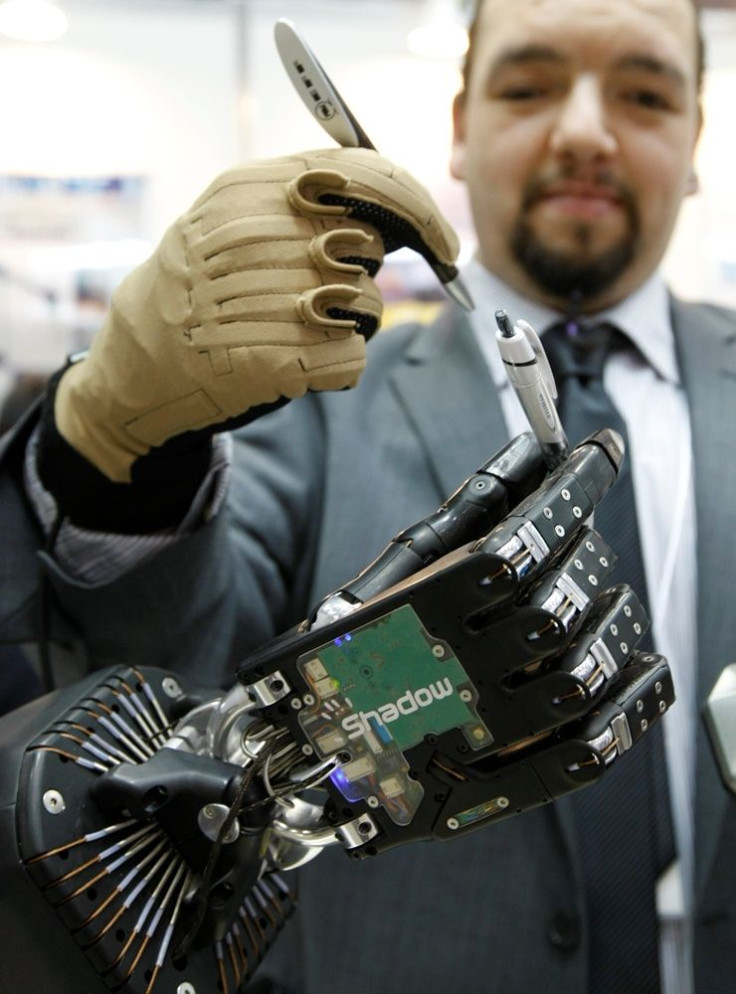Robotic Hands Created To Help Stroke Survivors With Therapy

A robotic device has been developed to be used in helping stroke survivors regain hand movements. The device called Supervised Care and Rehabilitation Involving Personal Tele-robotics, or SCRIPT, was designed by researchers at the University of Hertfordshire.
The research team has been working on the three-year project that involves a tandem of prototype robotic gloves to help assist movement of the hand and wrist. The devices are perfect for stroke survivors who have lost sensation to their upper limbs. It also records the patient’s progress and sends it over to a therapist so tailored treatment can be created.
According to robotics expert and University of Hertfordshire School of Computer Science senior lecturer Dr Farshid Amirabdollahian, the project is designed to help with home therapy in stroke patients. “Our goal was to make motivating therapies available to people to practise at home using this system, hoping that they have a vested interest to practise and will do so,” he said.
The glove in tandem was tested on 34 volunteers; it has computer games specifically intended for stroke therapy, which can be encouraging. Shani Shamah, a stroke survivor, may not be one of the volunteers, but she had first-hand experience of using the device to help give feedback. "I think it would be great, it really would be. I'm only sorry I didn't have the advantage of having this when I was rehab," she said.
Many people experience paralysis of the limbs following a stroke and usually, paralysis of the upper limbs on one side is the common form. The muscles of the unused limbs can quickly deteriorate, which is why therapy is highly encouraged.
The goal of the project is to provide engaging activities that can motivate stroke sufferers into continuing with therapy. Therapy then provides a more positive experience for the patient. At the same time, health professionals will be able to track their patients’ progress.
The robotics team is now planning on a follow-up project to focus more on providing more positive recovery outcomes and securing funds in the hopes of making the device useful as a home rehabilitation product.
To contact the writer, email: wendylemeric@gmail.com





















